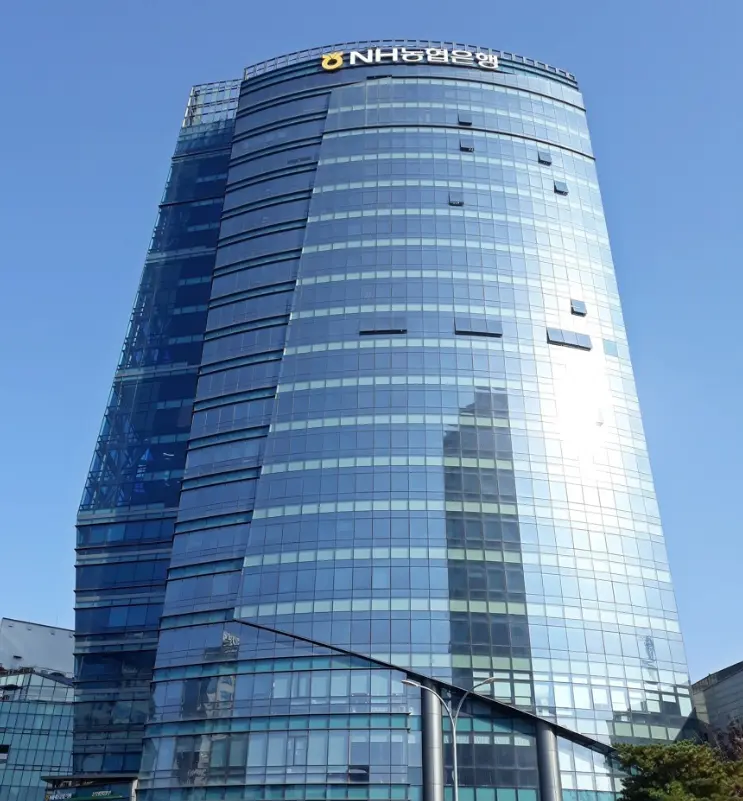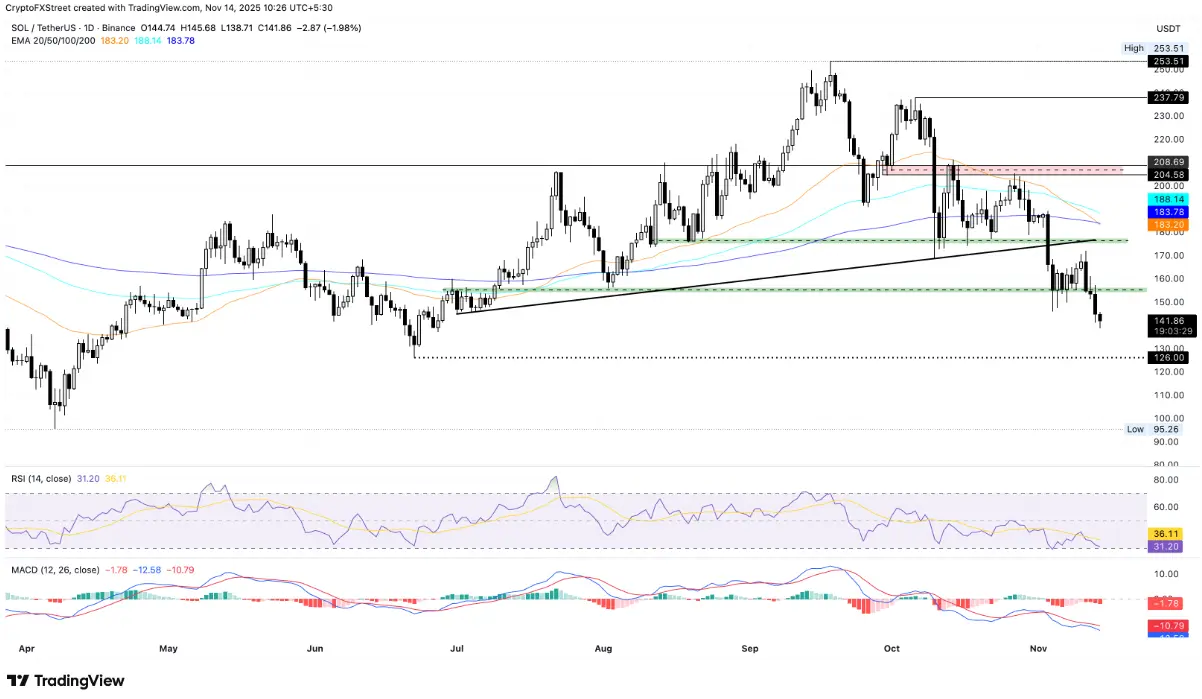Figure's Q3 performance significantly exceeded expectations, with tokenization loans driving the potential for a rise in stock prices.
According to a report from The Block on November 14, the blockchain lending platform Figure delivered impressive performance in the third quarter, with adjusted revenue of approximately $156 million, exceeding market expectations by 30%; adjusted EBITDA reached $86 million, exceeding expectations by 60%. The total amount of loans rose 34% quarter-over-quarter to $2.5 billion, with blockchain-based cooperative channel loans accounting for 76%. The trading volume on the Figure Connect platform increased 48% quarter-over-quarter to $1.1 billion. Bernstein analysts maintain an "outperform" rating, with a target price of $54, representing a 56% upside from the current stock price. Figure founder Mike
DeepFlowTech·1m ago
Amazon and Microsoft Support Nvidia's Chip Restrictions To China
Tech giants Amazon and Microsoft support Nvidia’s ban on AI chip sales to China, aimed at maintaining U.S. dominance in technology amid competition. This follows Trump's assertion that powerful chips should not reach "the wrong hands."
BTC-7.57%
TheBitTimesCom·5m ago
$TAP Price Predictions: Digitap ($TAP) Could Offer Better ROI Than Sui and BlockchainFX
Crypto presales have always been a competitive niche, especially now, when utility is the main driver. With this in mind, the Digitap ($TAP) presale has emerged as the top option, as Digitap brings utility unlike the market has seen before
Because of this, experts believe that Digitap can
CryptoDaily·6m ago
Zcash Price Prediction 2025: Why a 50% Fall Could Strengthen Zcash for a Bigger Rally?
Zcash shows strong price prediction for 2025 as merchant adoption exceeds 12.29%. Its ecosystem experiences growth in transparent and shielded transactions, but weekly indicators suggest a potential correction ahead.
BitcoincomNews·7m ago
Could Zcash (ZEC) Be Becoming What Bitcoin Was Meant to Be?
A shift has been unfolding around Zcash lately. The privacy focused project has been gaining attention in a steady, almost unforced way, especially after its rally of more than 1000% in a couple of weeks
Simon, an analyst, is bringing this rise
CaptainAltcoin·8m ago
Crypto Privacy Emerges as the Industry’s Most Critical Next Shift
Crypto privacy now shapes the industry&39;s future as transparency risks and ZK tech push users and institutions toward safer on-chain use.
Demand for privacy tools keeps rising as Zcashs shielded supply grows, Railgun hits records, and regulators tighten rules across major regions.
ZK proofs
ETH-10.39%
CryptoFrontNews·8m ago
Global Overview of RWA Compliance Landscape: South Korea Seeking Asset Tokenization Path Between Regulation and Innovation
When the Nonghyup Bank of South Korea transformed the cross-border tax refund system using Blockchain technology, the government included virtual assets in the real estate transaction review list—this fourth largest economy in East Asia is reshaping its future path of asset tokenization amid the range-bound regulation and innovation of digital finance.
In the second half of 2025, two parallel trends emerged in the Korean financial sector. On one hand, NH Nonghyup Bank, one of the five major banks in Korea, announced the launch of a stablecoin technology test, aiming to simplify the VAT refund process for inbound tourists through Blockchain technology.
On the other hand, the South Korean government has revised real estate transaction regulations, stipulating that funds used to purchase real estate must be declared as originating from virtual assets. These two seemingly contradictory developments actually reflect South Korea's dual-track strategy in the digital asset field: to prevent risks while not wanting to miss out on innovation opportunities.
1. The Global RWA Wave and South Korea's Cautious Steps
The global asset tokenization market is experiencing explosive growth.
PANews·13m ago

Who moved the stablecoin's peg?
Written by: Biteye Core Contributor Viee
Editor: Biteye core contributor Denise
In five years, we have witnessed stablecoins decouple in multiple scenarios.
From algorithm to high leverage design, and then to the chain reaction of bank failures in the real world, stablecoins are undergoing repeated trust rebuilding.
In this article, we attempt to connect several iconic stablecoin de-pegging events in the cryptocurrency industry between 2021 and 2025, analyze the reasons and impacts behind them, and discuss the lessons these crises leave us.
The First Avalanche: The Collapse of Algorithmic Stablecoins
If there is a collapse that first shook the narrative of "algorithmic stablecoins," it should be IRON Finance in the summer of 2021.
At that time, the IRON/TITAN model on Polygon was all the rage online. IRON
DeepFlowTech·13m ago
Solana (SOL) is at risk of falling sharply to the bottom zone of April as ETF capital flows and investor sentiment weaken.
Solana (SOL) is undergoing a series of three consecutive weeks of fall, with this week alone losing more than 13% of its value. Just two weeks after the Solana spot ETFs launched in America, the net capital inflow has decreased to the level of
TapChiBitcoin·18m ago

Analysis: Fed's hawkish remarks extinguish hopes for rate cuts, global markets face "Black Friday".
According to Deep Tide TechFlow news, on November 14, the hawkish signals from Fed officials extinguished the market's hopes for a rate cut in December, coupled with the still chaotic data calendar and concerns over the artificial intelligence bubble, leading to a heavy blow to global stock and precious metal markets on Friday.
The blue-chip stock markets in Tokyo, Paris, and London have all seen significant declines, as new concerns over the upcoming UK budget have intensified the pain in the UK market. US stock index futures indicate a gloomy opening for Wall Street, following substantial losses on Thursday.
Jeremy Stretch, the head of forex strategy at CIBC Markets, stated: "Our expectations for a rate cut in December have returned to a 50-50 split, and this, along with concerns about the artificial intelligence bubble, has disrupted the stability of market sentiment; this month, market sentiment has become erratic."
At the same time, the White House crushed the market's expectations for the Fed.
DeepFlowTech·18m ago
First Spot XRP ETF Launches: Canary’s ETF Clears Final SEC Regulatory Challenge
Canary Capital Group launched the first spot XRP exchange-traded fund in the United States on Nasdaq on November 13, 2025, under the ticker XRPC.
The launch came after Ripple’s regulatory clearances, including Nasdaq’s certification of the listing on November 12, and an SEC settlement with Ripple i
CryptoBreaking·25m ago
Nvidia's earnings report day could be awkward? Analysts: Even if the performance is strong, the market will be "nervous."
NVIDIA faces a dilemma with its performance guidance; overly strong guidance may trigger concerns of over-investment, while a moderate adjustment would be seen as a slowdown in growth, both of which could cause market Fluctuation. Although investor sentiment has cooled off for now, the long-term outlook remains optimistic, with expectations that Wall Street still has considerable room for upward adjustments to NVIDIA's growth forecasts.
動區BlockTempo·26m ago
Zano Flashes Strength As It Eyes Major Breakout: Can It Reclaim Its 2025 Highs?
Zano (ZANO/USDT) is showing renewed strength on the weekly chart, climbing over 21 % in the past week to trade near $16.50, its highest level since June. After months of sideways consolidation, the privacy-focused blockchain project appears to be on the verge of a significant breakout, one that
CryptoDaily·27m ago
Alibaba weighs deposit token as China clamps down on stablecoins: Report
The cross-border e-commerce arm of Chinese tech behemoth Alibaba is working on a deposit token amid mainland China’s crackdown on stablecoins, according to CNBC.
Alibaba president Kuo Zhang told CNBC in a Friday report that the tech giant plans to use stablecoin-like technology to streamline
CFX-9.38%
Cointelegraph·29m ago
What happened to the US stock market that created the largest single-day fall in a month?
The brief optimistic sentiment brought about by the end of the U.S. government shutdown quickly dissipated, with market focus shifting to a large amount of delayed economic data, uncertainties regarding the Fed's interest rate cut prospects, and concerns over overvalued tech stocks, triggering widespread dumping of high-valued tech stocks and risk assets.
On Thursday, October 13, the three major U.S. stock indexes collectively fell during the day's trading, with the Nasdaq Composite Index, dominated by technology stocks, closing down 2.29%.
The deterioration of risk sentiment has also spread to the cryptocurrency market, with Bitcoin falling below the $100,000 mark and Ethereum at one point dropping over 10%.
The direct catalyst for this dumping is the cautious remarks made by several Fed officials, suggesting that interest rate cuts should be approached with caution. According to data from the Chicago Mercantile Exchange (CME), the interest rate futures market shows that the probability of a rate cut has plummeted from over 70% a week ago to around 50%.
This shift has intensified the market rotation that has been underway since the beginning of this month. Reports indicate that investors are moving away from this year's performance.
金色财经_·31m ago

Analyst Says Canary Capital Could Buy a Quarter Billion Dollars Worth of XRP Tomorrow
The debut of the Canary Capital XRP ETF (XRPC) has triggered fresh speculation across the XRP community.
Some analysts are now discussing how much XRP the issuer may need to purchase following the fund’s massive first-day inflows. After pulling in $245 million on November 14, one prominent
TheCryptoBasic·34m ago
Load More
Hot Tags
Hot Topics
MoreCrypto Calendar
MoreSub0 // SYMBIOSIS in Buenos Aires
Polkadot has announced sub0 // SYMBIOSIS, its new flagship conference, to be held in Buenos Aires from November 14 to 16. The event is described as hyper immersive, aiming to bring builders and the broader ecosystem together under one roof.
2025-11-15
DeFi Day Del Sur in Buenos Aires
Aave reports that the fourth edition of DeFi Day del Sur will be held in Buenos Aires on November 19th.
2025-11-18
DevConnect in Buenos Aires
COTI will participate in DevConnect in Buenos Aires on November 17th-22nd.
2025-11-21
Tokens Unlock
Hyperliquid will unlock 9,920,000 HYPE tokens on November 29th, constituting approximately 2.97% of the currently circulating supply.
2025-11-28
Abu Dhabi Meetup
Helium will host the Helium House networking event on December 10 in Abu Dhabi, positioned as a prelude to the Solana Breakpoint conference scheduled for December 11–13. The one-day gathering will focus on professional networking, idea exchange and community discussions within the Helium ecosystem.
2025-12-09

